
Securely Travel Brief – May 07, 2018
– Special Edition –
United States - Hawaii - Kilauea Volcano
This is a special edition of the Securely Travel Brief, dedicated to Hawaii and the Kilauea Volcano eruption. Information contained within, is culled from alerts, warnings, informational briefings found via media, government and social networks. The Kilauea Volcano, located on the Big Island of Hawaii, has opened up nine fissures in the East Rift Zone. The volcano’s current level of activity should have minimal affect on travel (business or pleasure) to the islands of O’ahu, Kaua’i, Maui, Lana’i, or Moloka’i, and only a moderate affect to travelers to the Big Island of Hawaii.
What you need to know!

Kilauea Situation 0200 EDT - The US Geological Survey (USGS) had recorded more than 500 earthquakes associated with the current Kilauea volcanic eruption. To date, the strongest jolt measured was 6.9 on the Richter Scale.
The USGS notes this volcanic event is not expected to be short lived, and that travelers to the East Rift Zone, where the current activity is taking place, should maintain constant vigil, as additional fissures may occur at any time. Accompanying fissures are sulfur dioxide (SO2) and molten lava.
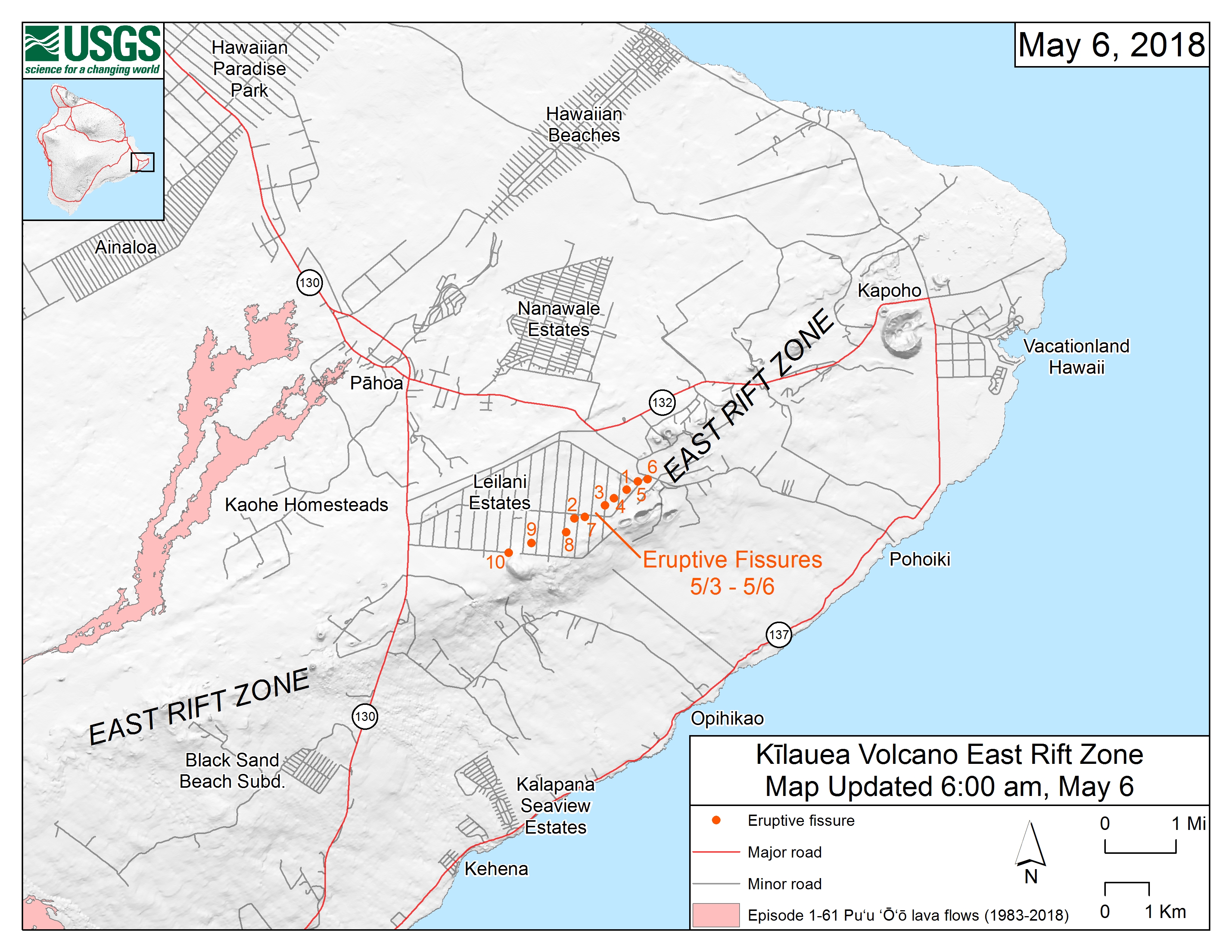
Big Island VOG (Volcanic Fog)
The University of Hawaii monitors VOG levels. They define Vog as “primarily a mixture of sulfur dioxide (SO2) gas and sulfate (SO4) aerosol. SO2 (invisible) reacts with oxygen and moisture in the air to produce SO4 aerosol (visible). SO2 is expected to be the main problem in areas near the vent (Hawai`i Volcanoes National Park, Pahala, Na`alehu, Hawaiian Ocean View Estates) and SO4 aerosol is expected to be the main problem at locations far from the vent (Kona and farther north and west).”

Video of lava flow, Kilauea East Rift Zone Eruption (click to play)
Sources for Updated Guidance on the eruption of Kilauea Volcano
Residents and visitors to the Hawaiian Islands should watch for the latest updates on their local radio and television stations (KITV4 | KHON2 | KHNL8)
Those who use Twitter, should consider utilizing the alert function offered by Twitter - “Twitter Alert Activated” @FEMARegion9.
Travelers would also benefit from monitoring the Twitter account of Civil Defense Hawaii - @CivilDefenseHI - or the Hawaii County web site for alerts.
Hawai’i Volcanoes National Park
The US National Park Service reports that Hawai‘i Volcanoes National Park reopened Sunday at 3 p.m. following a sequence of large, violent earthquakes that prompted a two-day closure and evacuation of park visitors and staff last Friday.
Tsunami Threat
The Pacific Tsunami Center has issued an advisory reminding, that a significant earthquake could trigger a Tsunami. A recently measured 6.9 intensity earthquake over the weekend did not trigger a Tsunami Warning.
Scientists at the Pacific Tsunami Center are urging residents in coastal areas to “have a plan.” Coastal areas in Hawaii and beyond, to include, British Columbia (Canada) and the states of California, Oregon, Washington, and Alaska.
If you find yourself stuck along with thousands of others trying to evacuate to higher ground, make your way up to the third-floor or above of any building is the advice being provided by the center.
Current status of tsunami alerts and warnings can be found here: PTWC Warning, Watch, or Advisories.

Hawaii's Kilauea volcano eruption destroys more than 30 homes https://t.co/6ElW0oJsKa pic.twitter.com/XO5ezZAydb
— CBS News (@CBSNews) May 7, 2018
 Travel Securely Securely Travel
Travel Securely Securely Travel



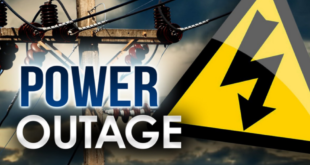
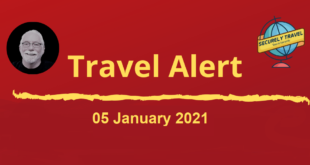
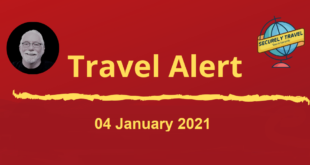

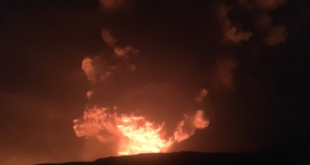
7 comments
Pingback: Securely Travel Brief - 07 May 2018 | Securely Travel
Pingback: Four important tips to know before you go to Hawaii | Securely Travel
Pingback: Securely Travel Brief - 08 May 2018 | Securely Travel
Pingback: Securely Travel Brief – May 09, 2018 | Securely Travel
Pingback: Securely Travel Brief - 10 May 2018 | Securely Travel
Pingback: Securely Travel Brief - 11 May 2018 | Securely Travel
Pingback: Securely Travel Brief - Hawaii Special Report - 21 May 2018 | Securely Travel